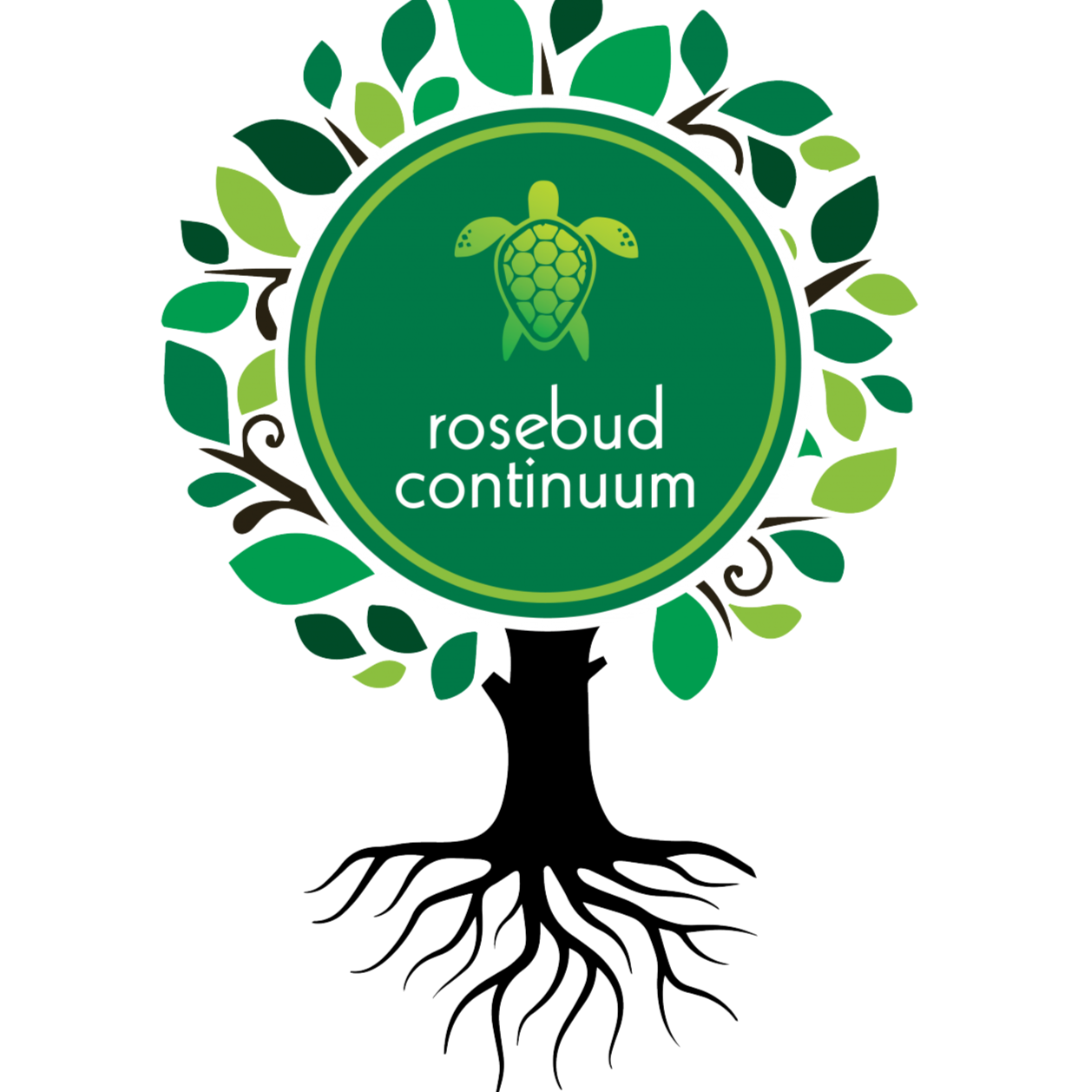
Preserving Florida’s native ecosystem
Invasive species
Many foreign species have been introduced to Florida over the years, with either ornamental, production , or other purposes. Florida’s warm weather is welcoming and suitable for many species to thrive.
Unfortunately, these plants have reproduced to the extent of taking over and outcompeting native plants. This causes disruption in the native ecosystem and reduction in wildlife habitat.
Rosebud’s land has been impacted by the proliferation and invasion of plants, such as Cogongrass, Brazilian Peppertree, Camphor tree, and several other invasives.
In an undeveloped corner of the Rosebud property, the Native Trail area expands from the highlands terrain and extends into the wetland area.
This restoration project aims to revitalize this two-acre, one-mile-long trail by systematically removing invasive plant species and reestablishing a vibrant native ecosystem.
By carefully replacing non-native vegetation with indigenous species such as Bald Cypress, Coontie palms, Coffee bush, and Climbing Asters, the project will create a multi-layered habitat that supports local wildlife and enhances environmental resilience.
The restoration will not only improve biodiversity but also provide significant community educational benefits through strategically placed interpretive signage explaining the ecological importance of native species, the critical role of trees in reducing urban heat, and the complex interactions within local habitats.
Native Trail Restoration Project
Want to be involved?
There are many ways to be part of this project! Here are a few options:
Volunteer. Join us during Saturday volunteer days to work on the trail.
Donate plants. Seeds, cutting, all native plants are welcome!
Donate money. For signage, purchasing plants, and more!
Donate tools. Gently used or new tools, like shovels, gloves, rakes, & more.




